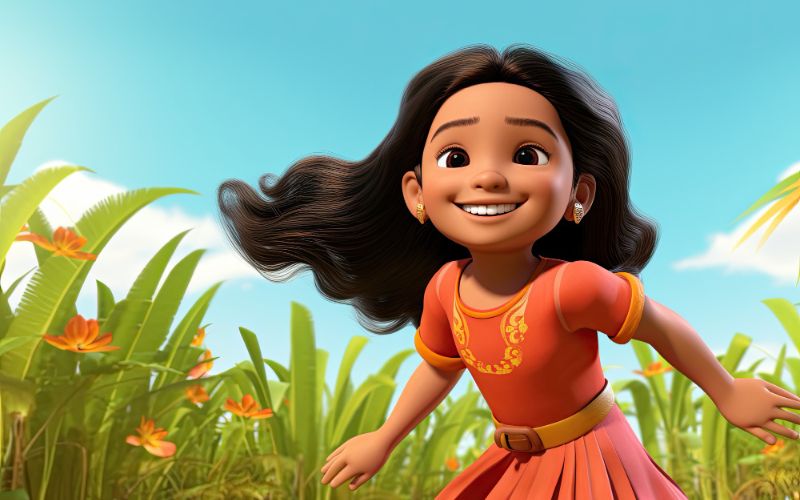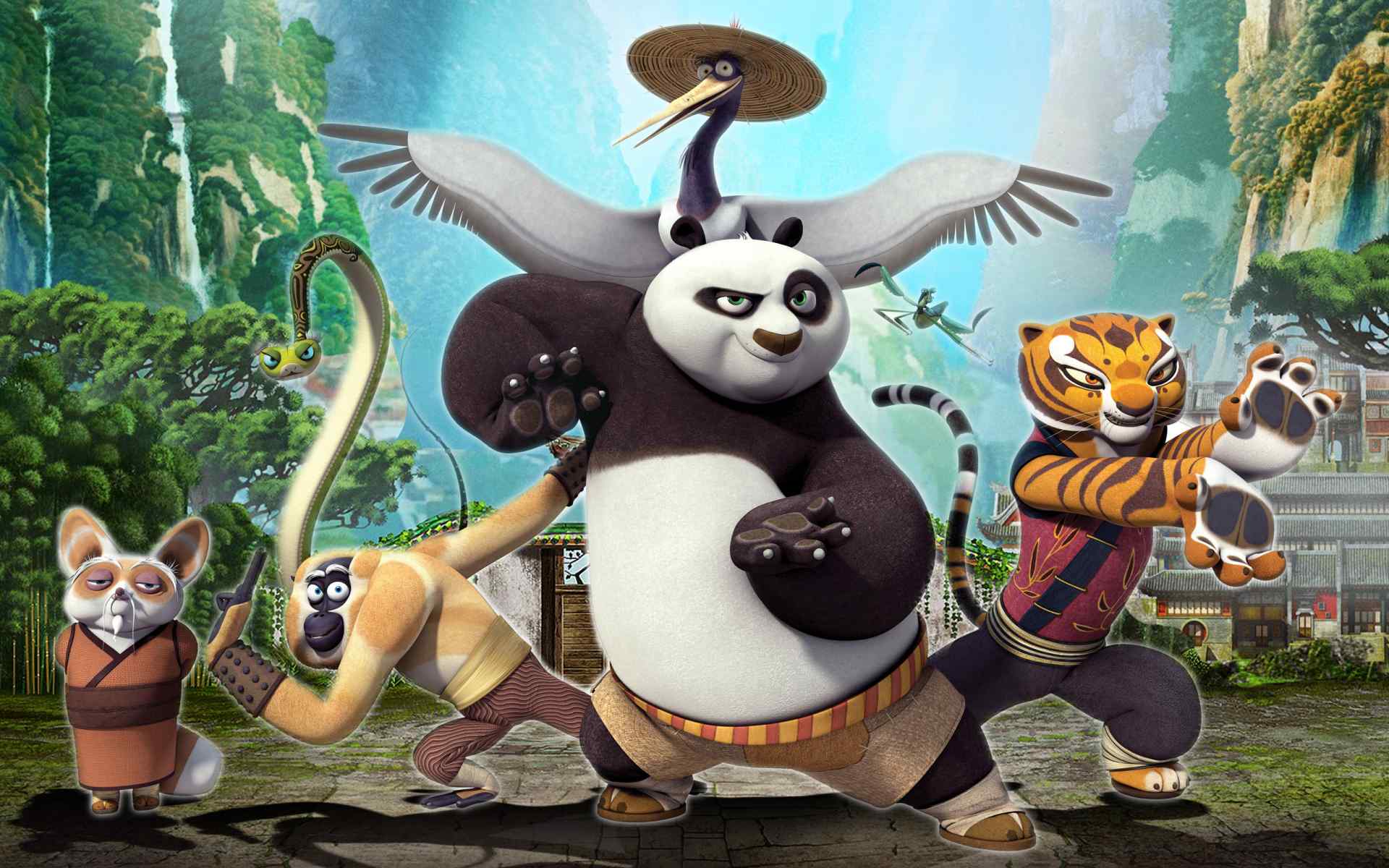Table of Contents
# Realistic 3D Characters
# Particle Effects
# Dynamic Lighting and Shadows
# Fluid Simulation
# Dynamic Cloth Simulation
# Morphing Animations
# Interactive 3D Environments
With the rise of animation projects that prioritize visual appeal, 3D designs have emerged as a popular element in animation. These designs are capable of producing epic visuals that can capture the user’s attention and elevate the overall user experience.
However, the implementation of intricate 3D animations can be a difficult feat for animators due to their price skills requirements. Right skills and training are necessary to achieve the desired results.
In this blog post, we will explore seven popular 3D animation designs.
Realistic 3D Characters
Creating realistic 3D characters involves intricate details such as lifelike movements, facial expressions, and textures. Coding the animations for these characters requires advanced knowledge of modeling, rigging, and animation techniques. The challenge lies in making the characters move fluidly and behave realistically in various scenarios, which demands precise coding.
One example of a popular 3D character is the protagonist from the game “The Last of Us 2”.
Particle Effects
Particle effects are widely used in 3D animations to simulate natural phenomena like fire, smoke, and water. Implementing these effects involves complex algorithms to control the behavior and appearance of the particles. Achieving realistic and visually appealing particle effects requires expertise in physics simulation and advanced coding skills to ensure smooth animation transitions.
A notable example is the particle effects used in the movie “Avatar” to create the floating seeds in the forest scene, where coding was needed to achieve the realistic movement and interaction of the seeds.
Dynamic Lighting and Shadows
Dynamic lighting and shadows play a crucial role in enhancing the realism of 3D animations. Adding realistic lighting effects involves calculations for light intensity, shadows, reflections, and refractions. Implementing dynamic lighting requires intricate knowledge of shaders, rendering techniques, and optimization to achieve a visually stunning and immersive experience for users.
One example can be seen in the video game “The Legend of Zelda: Breath of the Wild,” where coding was crucial to create day-night cycles and accurate lighting effects that contribute to the immersive gameplay experience.
If you want to learn more about these designs then you need hands-on training from renowned institutes and so search for “best 3d animation institute in Kolkata”.
Fluid Simulation
Fluid simulation is used to create lifelike animations of liquids such as water, smoke, and fire in 3D designs. These animations involve complex mathematical algorithms to simulate the fluid’s behavior, viscosity, and interactions with other objects. Achieving realistic fluid simulations requires advanced animation skills and expertise in physics-based animations.
Fluid simulation in the movie “Moana,” where coding was necessary to create the realistic movement and interaction of the water, bringing the ocean to life.
Dynamic Cloth Simulation
Dynamic cloth simulation is essential for creating animations of fabrics that react realistically to movement and environmental factors. It involves skills to simulate the cloth’s properties such as elasticity, gravity, and collision detection. Achieving realistic cloth animations requires precise coding and optimization to render smooth and natural movements.
A popular example is seen in the animated film “Frozen,” where coding was used to create the realistic movement and flow of Elsa’s dress and hair.
Morphing Animations
Morphing animations involve transforming one object or shape into another seamlessly. Implementing morphing animations requires precise control over the keyframes, interpolation, and transformation functions.
One famous example is the opening sequence of the movie “Terminator 2: Judgment Day,” where coding was used to seamlessly transition between liquid metal and various shapes, creating a mesmerizing visual effect.
Interactive 3D Environments
Interactive 3D environments allow users to navigate and interact with virtual spaces in real-time. It includes integrating user inputs, collision detection, and object interactions into the animations. Creating immersive and engaging interactive environments requires complex coding techniques and optimization to ensure seamless user experiences.
An impressive example is the “Assassin’s Creed” video game series, where the coding allows players to explore historically accurate cities, interacting with buildings, objects, and characters within the 3D environment.
Are You Looking for The Best Animation Course in Kolkata?
If you are looking for the best animation course in Kolkata then choose George Animatrix. We cover all the design and skills so that individuals can create any animation Design flawlessly. Look at our different animation courses on our official website.
Conclusion
In conclusion, incorporating popular 3D animation designs can elevate the visual appeal and user experience significantly. However, these complex animations require advanced knowledge of 3D modeling, animation techniques, physics simulations, and optimization. By mastering these challenging skills, developers can create visually stunning and immersive 3D animations that captivate audiences and enhance the overall quality of projects.



